Environmental Engineering Reference
In-Depth Information
26
Trade and environment institutions
J. Samuel Barkin
Introduction
This chapter looks at those multilateral institutions that oversee international rules regu-
lating the relationship between trade and environmental issues. Some of these organiza-
tions, particularly the World Trade Organization (WTO), have already been discussed
elsewhere in this volume. The purpose of this chapter is not to review these discussions,
or to look in detail at the workings of any particular institution. Rather it is to provide a
typology of institutional approaches to mediating the relationship between international
trade and the environment. The term 'multilateral institution' here refers to those institu-
tions (referred to in this chapter as international organizations, or IOs) that are created
by states, and the primary membership of which is states. They are multilateral if they are
broad-based (as opposed to bilateral, if they have only two members). The classic example
of a multilateral institution is the United Nations (UN), and most of the IOs discussed
in this chapter are part of the UN system, broadly de
ned.
The institutions discussed in this chapter are those that mediate in some way between
international trade rules and rules governing the management of the natural environment,
whether these latter rules are international or domestic. These rules come into con
fi
ict
when trade rules interfere with the ability of states to manage the environment as they see
fi
fl
t, whether individually or collectively, or when environmental rules discriminate against
the trade of particular countries. Di
ff
erent IOs deal with this interference and discrimi-
nation di
erently. There are four general categories of IOs that deal with trade and envi-
ronment issues. The
ff
rst of these is trade institutions, the primary function of which is to
oversee international trade rules, and which deal with environmental issues only in so far
as they interact with trade rules. The second category is environmental institutions, the
primary function of which is to create international rules for environmental management,
and use trade as a mechanism to enable or enforce those rules. The third is regional inte-
gration institutions, which are not designed primarily as either trade or environment IOs,
but that regulate both none the less. The fourth category is IOs that help states (particu-
larly developing states) to navigate the relationship between international trade and envi-
ronmental management, but are not regulatory institutions. The key members of this
category are development organizations.
fi
Trade institutions
'Trade institutions' refers here to those IOs whose primary function is to create rules gov-
erning international trade that are binding on member states. From the perspective of
environmental management, there are two potential problems with these sorts of rules.
The
rst is that they limit states' ability to create domestic environmental rules: to the
extent that these rules have the e
fi
ff
ect either of discriminating against imports generally, or
of a
erently, they may run afoul of trade rules. The
second problem is that multilateral trade rules may give incentives to states to generate
ff
ecting di
ff
erent member countries di
ff
318


